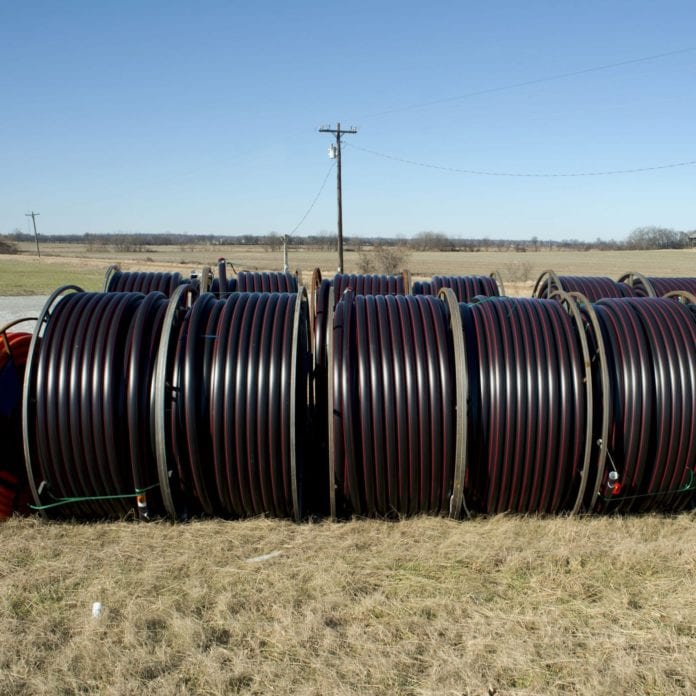Commerce Secretary Gina Raimondo discusses the $65 billion in broadband funding
While the $1.2 trillion infrastructure deal that has passed Congress has yet to be signed, U.S. Secretary of Commerce Gina Raimondo spoke yesterday about the planning that is already going on to prepare for implementation of the bill and its $65 billion in funding for broadband expansion and affordability.
About $45 billion of that $65 billion will flow through the National Telecommunications and Information Administration (NTIA), which is part of the Commerce Department, to administer and oversee how the funds are distributed and implemented for broadband projects around the country.
“This is an area that I am particularly passionate about, having been a governor during the pandemic.” said Raimondo, who was governor of Rhode Island from 2015 to 2021, during a press conference yesterday. Having met people who didn’t have broadband and therefore couldn’t remotely see a doctor or therapist or have their children do distance learning, she said, “showed in a very real and human way, how essential broadband is and the fact of the matter is that we have to close the digital divide, period. And this infrastructure bill will allow us to do that.”
Beyond the physical infrastructure funding that the bill will provide, Raimondo emphasized that affordability is just as important as access.
“It does a family no good if there’s broadband in their community, but they can’t afford it,” she said. “Closing the digital divide means both providing the broadband and making sure it’s affordable.”
The infrastructure bill’s broadband provisions take three general forms:
-Funding to expand broadband service, with the goal that every American has access to affordable, high-speed internet.
-Create low-cost options for service. Raimondo said that “everyone who gets a penny of this money is required to offer a low-cost, affordable plan.”
-Funding to subsidize the cost of broadband service for consumers.
Raimondo also said that the bill requires providers to be “transparent about pricing” so that customers can do comparison shopping.
She added that the program will be a “massive undertaking” for the Department of Commerce, but said that the department has already been planning for months and will work closely with states, localities and industry on how the programs will be rolled out.
She explained that it will take some months for the programs to be set up after the bill is signed, but in general, states will have to present plans to NTIA that spell out their strategies to achieve ubiquitous broadband availability and affordability. Those plans will have to be posted online as well.
Each state, she explained, will receive $100 million for broadband programs, and the remaining money will be allocated based on underserved/unserved households in the state. She said the primary focus will be on underserved/unserved areas and on affordability.
“We have to make sure that we don’t spend this money over-building,” Raimondo said.
While Raimondo estimated that actual deployment projects may not begin until “well into next year,” she said that affordability programs could get underway faster and that communities would likely see planning-related activities soon than that.
“It’s more important to get it right than to rush,” Raimondo said. She also said that some of the money may be able to be used for training people to support broadband deployments, because there aren’t enough of them.
Still, Raimondo emphasized that the bill and its $65 billion should mark a turning point in enabling all Americans to participate in an increasingly digital economy.
“Thirty, forty, fifty years from now, we will look back on this as the turning point, as a critical turning point,” she said, adding, “Nobody can be left behind, and that means everybody has broadband.”

